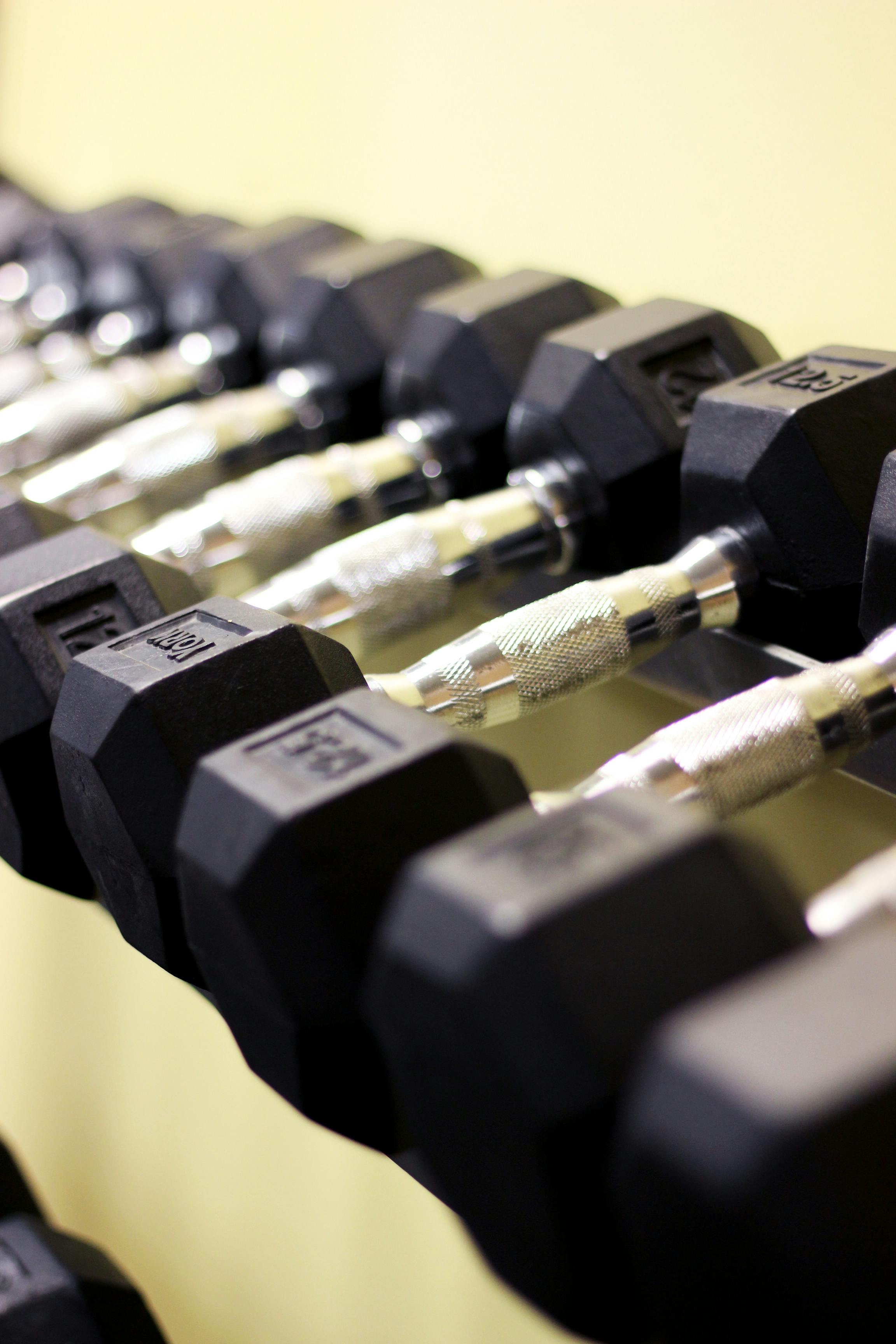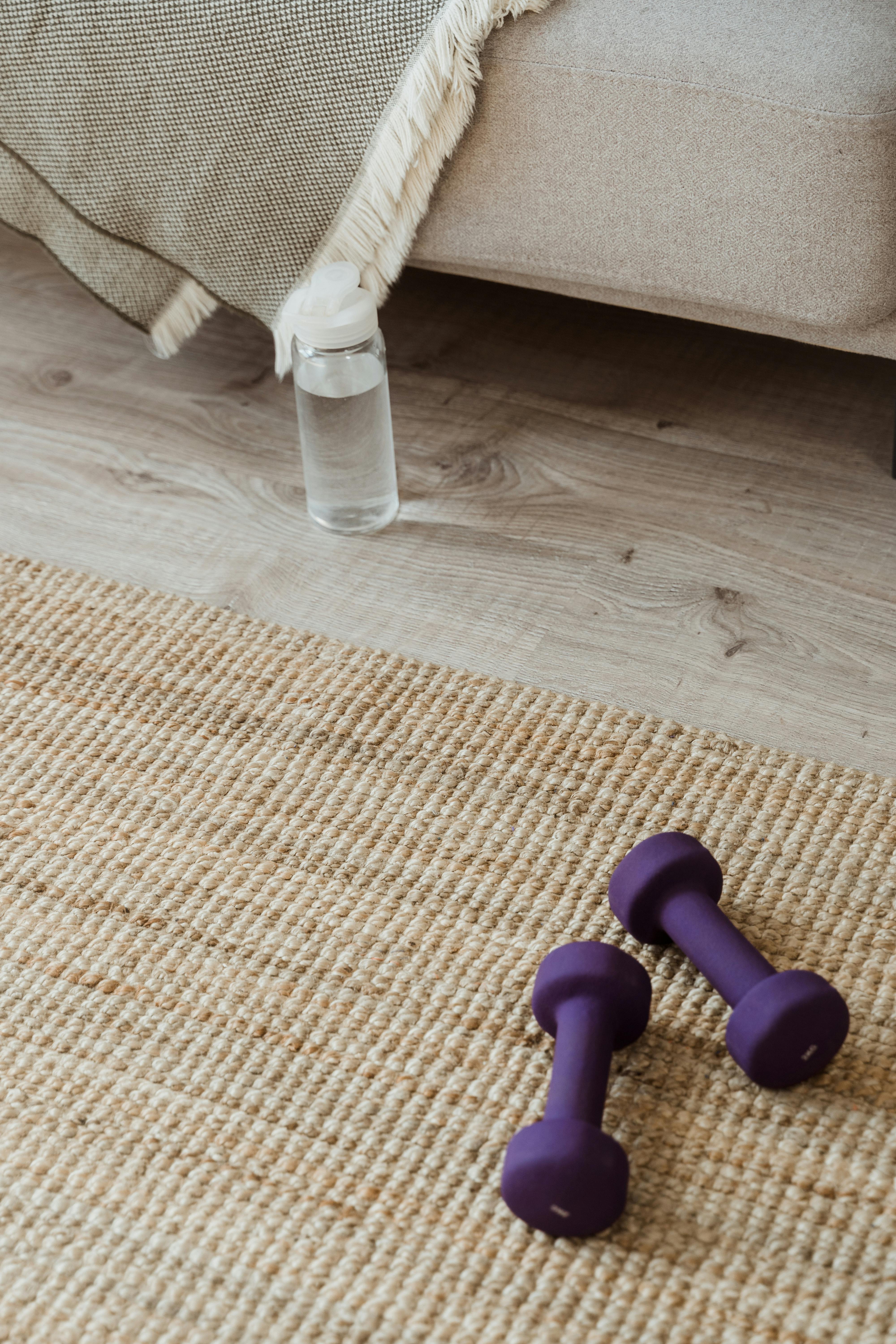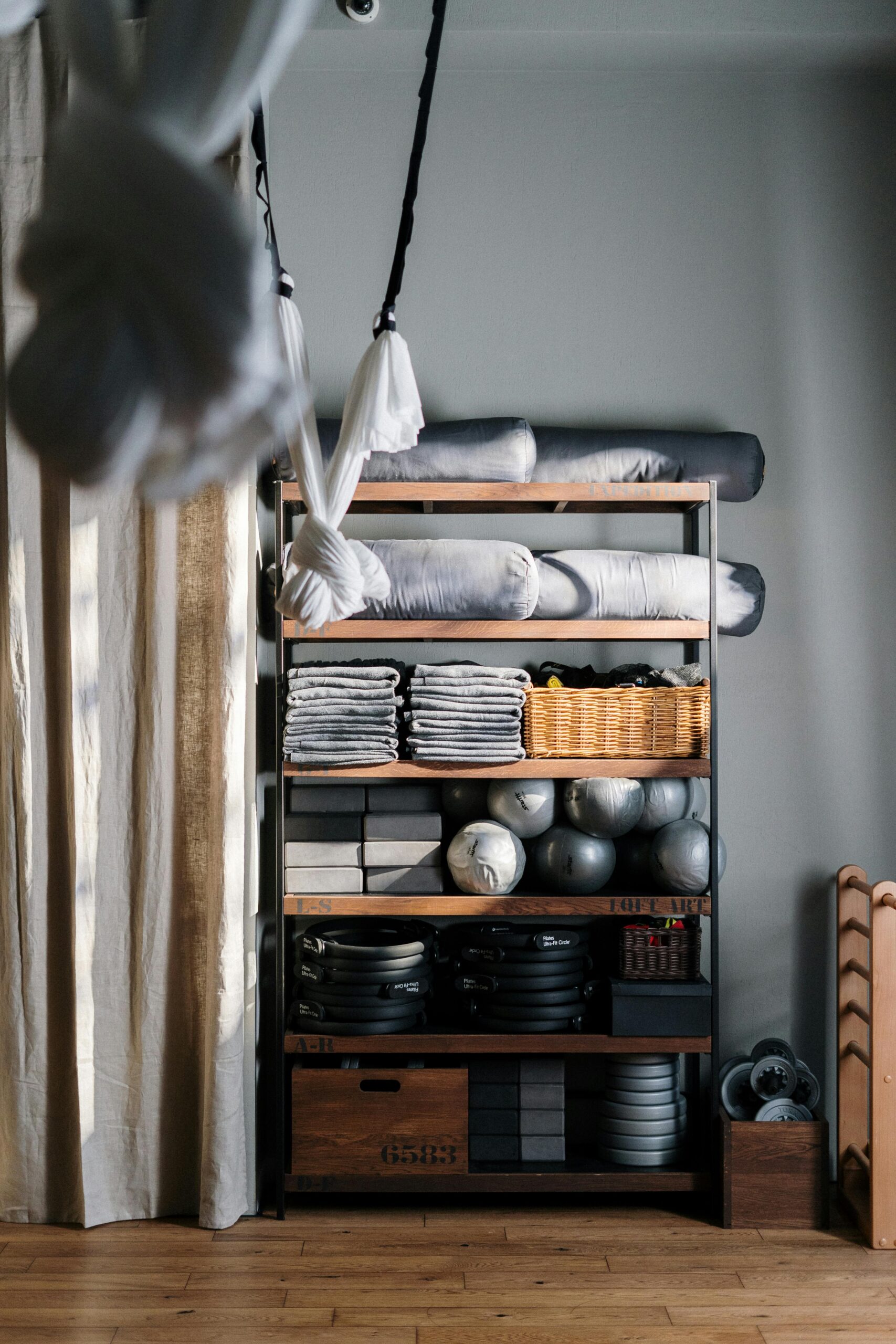Effective Techniques to Master Seitheben mit Kurzhanteln for Enhanced Shoulder Strength in 2025
In the domain of fitness, building shoulder strength is a pivotal element for achieving overall upper body stability and performance. The exercise known as Seitheben mit Kurzhanteln (dumbbell lateral raises) is integral not only for enhancing your Schultermuskulatur but also plays a crucial role in various functional movements used in daily life and sports. Mastering this technique offers multiple benefits, including improved posture, increased flexibility, and better athletic performance. This article explores effective ways to elevate your Kurzhanteltraining routine.
Utilizing Kurzhanteln allows for a wide range of adjustments in terms of intensity and technique, making it suitable for various fitness levels. Whether your goal is Muskelaufbau (muscle building) or enhancing Kraftausdauer (muscular endurance), incorporating Seitheben into your training plan can be remarkably beneficial. Following the roadmap provided, you’ll discover foundational practices, advanced techniques, and practical tips that ensure proper execution for optimal results.
Before diving into the training specifics, it’s important to outline the significance of appropriate technique and regular assessment of your progress. Here’s what you can expect: effective methods for performing Seitheben mit Kurzhanteln, common mistakes to avoid, and additional resources for enhancing your shoulder training.
Essential Techniques for Performing Seitheben mit Kurzhanteln
Understanding the Mechanics of Seitheben
The Seitheben technique revolves around lifting the weights laterally while maintaining proper body alignment. This movement directly targets the Schultermuskulatur, particularly the lateral deltoids, while also engaging stabilizing muscles. Begin in a standing position, feet shoulder-width apart, holding a dumbbell in each hand at your sides. The key here is to keep your back straight and core engaged throughout the lift.
Optimal Range of Motion
For a successful Seitheben, aim to lift the dumbbells until your arms are parallel to the ground—this is the ideal range of motion for peak muscle activation without risking injury. Avoid swinging the weights or using your back to lift, as this can compromise the benefits and potentially lead to Schulterschmerzen (shoulder pain).
Recommended Repetition and Sets
To kickstart your shoulder strength journey, incorporate 3 sets of 10-15 repetitions into your workout. Adjust weights to ensure that the last few reps challenge you without compromising your form. Consistency is crucial: aim for 2-3 sessions per week, progressively increasing weights as your strength develops.
Common Mistakes to Avoid in Seitheben Training
Improper Body Mechanics
One of the primary mistakes in Seitheben is using poor form, often leading to ineffective workouts and the potential for injuries. Be conscious of your body posture; always maintain a neutral spine and avoid leaning forward or backward during the lift.
Neglecting Warm-Up and Cool-Down
Before committing to any strenuous activity, including Kurzhanteltraining, it’s essential to engage in appropriate Aufwärmübungen (warm-up exercises). Dynamic stretches targeting shoulders and upper body agility should precede the workout, and static stretches help cool down, promoting flexibility in this region.
Overtraining and Recovery
Another frequent error is overtraining, which can hinder progress and lead to burnout. Ensure you allow for proper muscle recovery, incorporating rest days and lighter training sessions. Monitoring your Trainingsfortschritt is vital to adapt your plan to your evolving fitness level.
Incorporating Seitheben into Your Training Plan
Structuring Your Workout Routine
To successfully include Seitheben into your fitness regime, consider it as part of a comprehensive upper body workout. Dedicating one session a week to focused shoulder training, combined with exercises targeting different muscle groups, helps maintain muscle balance and prevents Muskelverspannung (muscle tension).
Integrating Other Shoulder Exercises
Combine Seitheben mit Kurzhanteln with complementary exercises such as Schulterdrücken (shoulder press) and reverse flies for a well-rounded approach. This strategy enhances muscle engagement across various shoulder muscles, contributing not only to increased strength but also improved stability.
Tracking Your Progress and Adjusting as Needed
Utilize a Fitnessapp or fitness tracker to monitor your performance metrics. Analyze data such as the number of repetitions, weights lifted, and workout frequency. This will provide insights helping you recalibrate your Trainingsmethoden (training methods) for continued improvement.

Motivation and Consistency in Your Training
Setting Realistic Fitness Goals
Creating achievable Fitnessziele (fitness goals) is vital to keeping your motivation levels high. Whether it’s mastering the technique of Seitheben or achieving a specific weight goal, having clear objectives can enhance your focus and drive.
Finding a Training Partner or Coach
Developing a Trainingspartnerschaft (training partnership) can drastically improve your training experience. Having a personal coach or workout partner ensures accountability, offers constant feedback on form and technique, and boosts motivation during challenging sessions.
Incorporating Variety to Fight Boredom
Maintaining interest in your workout can be challenging. Diversifying your Fitnessroutine with different kettlebell exercises, bodyweight training, or engaging in group fitness classes can complement your Seitheben training while keeping the sessions fresh and exciting.

Expert Tips for Effective Seitheben Training
Listening to Your Body
One of the fundamental aspects of effective Krafttraining (strength training) is to listen to your body. If you experience pain beyond typical muscle fatigue, it may be a signal to reassess your form or reduce the weights utilized.
Adopting Correct Breathing Patterns
Pay attention to your breathing while performing Seitheben. Inhale during the lowering phase and exhale when lifting the weights. Proper breathing techniques not only enhance performance but also reduce the risk of injuries.
Consulting with Professionals
For personalized guidance, consider consulting a Personal Coach or fitness trainer. Their expertise can accelerate muscle development and help in creating a tailored training plan aligning with your Fitnessziele.
Q&A: Your Seitheben mit Kurzhanteln Questions Answered
1. How often should I perform Seitheben mit Kurzhanteln?
For effective results, aim to incorporate it 2-3 times per week into your upper body training program while allowing sufficient recovery time.
2. Can I perform Seitheben at home?
Absolutely! Seitheben is versatile and can be performed in a home gym or any open space with dumbbells, making it convenient for home training.
3. What weights are best for beginners?
Start with lighter weights to ensure proper form and gradually increase the weight as your strength develops. Even 1-2 kg dumbbells can be effective for beginners.
4. How do I know if I am using the right form?
Performing in front of a mirror or recording your exercises can help you analyze your form. Consulting training videos for demonstration or asking a coach for feedback can also be beneficial.
5. Are there any safety tips for Seitheben?
Always warm up beforehand, use correct posture, and avoid overloading the weights. It’s crucial to listen to your body and take breaks when needed to prevent injuries.
By integrating these effective techniques and guidelines into your training plan, you’ll master Seitheben mit Kurzhanteln and develop stronger, healthier shoulders. Each step you take not only builds strength but also contributes significantly to your overall physical fitness journey. Embrace the process of learning and evolving your fitness skills one lift at a time.
